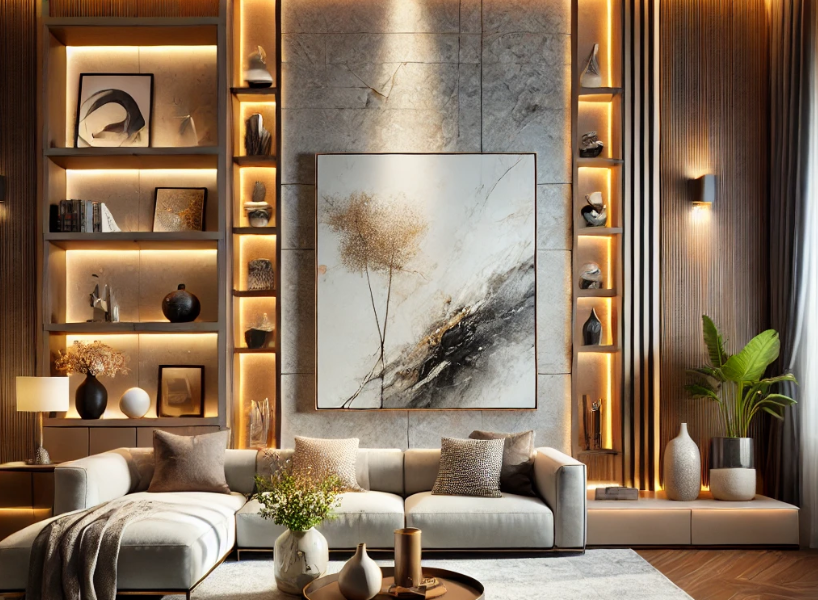 Selecting the perfect exterior paint colors for your home involves more than just picking shades that look appealing. It’s about creating a cohesive look that enhances curb appeal, complements architectural features, and reflects your style. This detailed guide will walk you through essential considerations, practical tips, and popular trends to help you make an informed decision.
Selecting the perfect exterior paint colors for your home involves more than just picking shades that look appealing. It’s about creating a cohesive look that enhances curb appeal, complements architectural features, and reflects your style. This detailed guide will walk you through essential considerations, practical tips, and popular trends to help you make an informed decision.
1. Evaluate Architectural Style and Surroundings
Begin by assessing the architectural style of your home. Different styles have traditional color palettes that highlight their unique features:
- Colonial: Often features classic white with black or dark shutters.
- Craftsman: Embraces earth tones like greens, browns, and warm neutrals.
- Mediterranean: Uses warm tones such as terracotta, ochre, and creamy whites.
- Modern: Typically opts for minimalist neutrals or bold contrasts.
Consider the surrounding environment and neighborhood aesthetics. Your home should harmonize with neighboring houses and the natural landscape. For example, coastal homes might incorporate blues and whites, while suburban settings might favor earthy tones.
2. Work with Existing Elements
Take stock of fixed elements that won’t change, such as the roof color, brick or stone accents, and landscaping. These elements dictate your color choices to create a unified look. Match or complement the roof color with siding hues, ensuring they blend seamlessly. Coordinate with any permanent features like brickwork or stone veneer, using paint colors that enhance their natural beauty rather than clash with them.
3. Understand Color Psychology and Effects
Colors evoke emotional responses and affect perception. Consider the following psychological effects when choosing exterior paint colors:
- Warm Colors (Reds, Yellows, Oranges): Energize and create a welcoming feel.
- Cool Colors (Blues, Greens, Purples): Calm and soothe, ideal for creating a serene atmosphere.
- Neutrals (Whites, Grays, Beiges): Provide versatility, timeless appeal, and serve as a backdrop for architectural details.
Keep in mind how colors will appear under different lighting conditions—test samples on different sides of your home to observe how natural light affects their appearance throughout the day.
4. Test Colors Before Committing
Paint colors can look vastly different outdoors compared to swatches or digital representations. Purchase small samples and apply them to a discreet area of your home’s exterior. Evaluate how they look in various lighting conditions and alongside existing elements. This testing phase is crucial to ensuring you’re satisfied with the chosen colors before investing in a full paint job.
5. Create a Cohesive Color Scheme
A well-coordinated color palette typically consists of:
- Main Color: Dominates the exterior and covers the largest surfaces like siding.
- Accent Color: Adds contrast and visual interest to features like doors, shutters, and trim.
- Secondary Accent Color: Optional, used sparingly for architectural details or smaller elements.
Ensure these colors complement each other harmoniously. Use shades and tones within the same color family to maintain cohesion while adding depth and dimension to your home’s exterior.
6. Consider Trends and Timelessness
While trends can inspire, prioritize timeless appeal when choosing exterior colors. Neutral hues like greiges, taupe, and off-whites withstand changing fashions and provide flexibility for future updates. Incorporate trendy colors as accents or in less permanent features to avoid dating your home’s exterior prematurely.
7. Practical Considerations: Durability and Maintenance
Select high-quality exterior paints formulated for durability and weather resistance. Factors like climate, sun exposure, and moisture levels influence paint performance. Matte, satin, or semi-gloss finishes offer different levels of sheen and impact aesthetics and maintenance requirements—glossier finishes are easier to clean but may highlight imperfections.
Regular maintenance, including periodic cleaning and touch-ups, preserves your home’s appearance and protects against weather-related damage.
Conclusion
Choosing exterior paint colors involves thoughtful consideration of architectural style, existing elements, color psychology, and practical factors like durability and maintenance. By taking these considerations into account and exploring various options, you can create a cohesive and visually appealing exterior that enhances curb appeal and reflects your taste and style.


